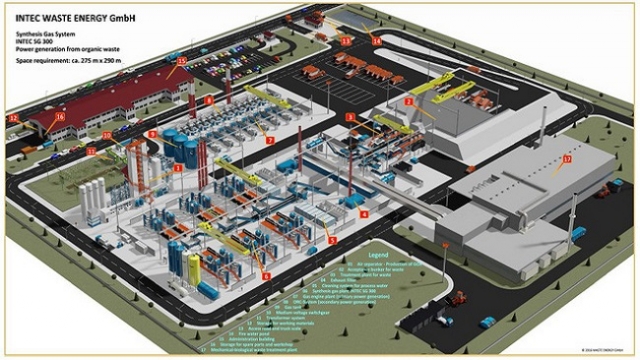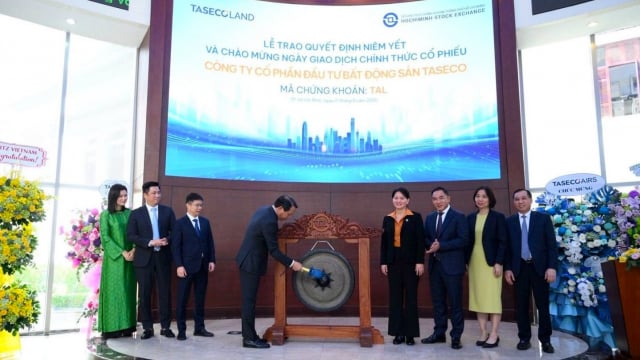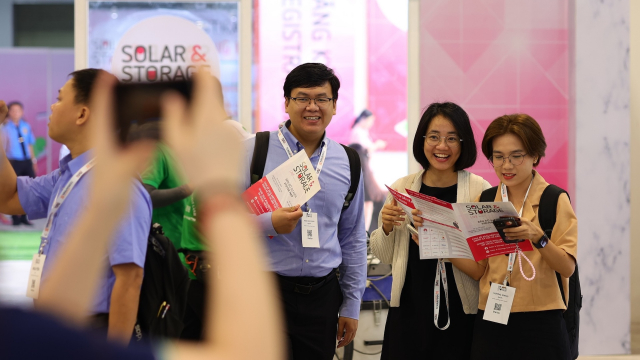Business
Launching US$102 million project to help Vietnam improve energy efficiency in industrial sector
The project supporting the efforts of industrial enterprises to adopt energy-efficiency technologies and practices is expected to help Vietnam save about 4.5 million MWh of electricity per year by July 2022.

On March 3, 2018, the World Bank (WB) and The Ministry of Industry and Trade (MoIT) jointly launched a US$102 million project to support the efforts of industrial enterprises to adopt energy-efficiency technologies and practices.
According to WB, US$100 million comes from the World Bank’s International Bank for Reconstruction and Development, the financing resource for middle-income countries, and US$1.7 million is from the International Development Association (IDA), the Bank’s fund for the poorest countries.
The rest of the project’s funding will come from the Vietnam government participating financial institutions, and industrial enterprises.
The project has come into effect since December 29, 2017, and will last until the end of July 2022.
Under this project, industrial enterprises can access a new line of credit to fund their purchases of energy-efficiency and production-optimization technologies, thus reducing energy consumption and production costs and increasing their overall competitiveness in the domestic and international markets.
It is expected that the project would help Vietnam save 0.97 million of TOE (Ton of Oil Equivalent) per year, including 4.5 million MWh of electricity, 1.2 million tonnes of coal and 5..02 million tonnes of carbon dioxide per year.
Making speech at the launching, MoIT deputy minister Hoang Quoc Vuong said that Vietnam is one of the countries having high energy use intensity in which the industrial sector’s use of energy accounting for the largest part, about 47.3 per cent.
The growth target of the industrial sector is one of the main reasons maintaining the high intensity of energy use in Vietnam when compared to other countries in the world.
Therefore, he stated that investing in energy saving solutions could help Vietnam reduce the current high demand for energy, with the investment being fourfold lower than investing in a new supply source.
Ousmane Dione, the World Bank’s Country Director for Vietnam said that Vietnam’s energy sector is facing many challenges due to limited domestic energy resources and the high electricity demand to support economic growth.
“In this context, implementing and scaling up energy efficiency investments will bring multiple benefits, such as improving the competitiveness of Vietnam’s industrial sector, reducing GHG emissions and avoiding the need for investments in new coal-fired power generation,” said Ousmane Dione.
According to MoIT Deputy Minister Hoang Quoc Vuong, Vietnam’s energy industry is facing a number of challenges, especially in mobilizing funds to expand the electricity network to meet the energy demand for production.
Currently, nuclear energy programs have been suspended, large-scale electricity generation projects have been exploited, the source of coal and oil have been reduced and renewable energy cannot meet the high demand for energy in the current time.
Therefore, he believes that saving energy solutions would be one of the feasible solutions, bringing about high economic output, ensuring energy security and protecting the environment.
Finnish Company to invest US$33 million into a clean energy project in Hanoi
Michelin leads the smart mobility revolution with data and AI
Michelin is undergoing a strong transformation by applying AI and smart analytic, helping lead the smart, safe, and sustainable mobility revolution in the Industry 4.0 era.
LG Innotek secures $200 million IFC loan following revenue drop
LG Innotek Vietnam Hai Phong secured a $200 million IFC loan as revenue slows, aiming to expand camera module production while meeting sustainability targets.
Leading with empathy in Vietnam’s billion-dollar investment flows
For Koen Soenens, Sales and Marketing Director at DEEP C, empathy is a compass that guides major deals, the way a leader builds a team, and the ambition to create a sustainable industrial zone that carries a Vietnamese identity.
Taseco Land’s new logo marks a new growth trajectory
Taseco Land has shifted its listing to HOSE and introduced a new upward-pointing arrow logo - a visual statement of its strategy to raise capital, expand its land bank, and strengthen its standing in Vietnam’s real estate sector
SAP positions Vietnam as key R&D hub with €150 million investment
Located in the heart of Ho Chi Minh City, SAP Labs Vietnam is the second SAP Labs Network hub in Southeast Asia, following Singapore and is one of 20 countries that have SAP Labs globally.
Solar & Storage Live Vietnam returns, leading sustainability and innovation in energy sector
Solar & Storage Live Vietnam event has been running since 2017 and the 2025 edition will be the biggest yet.











































